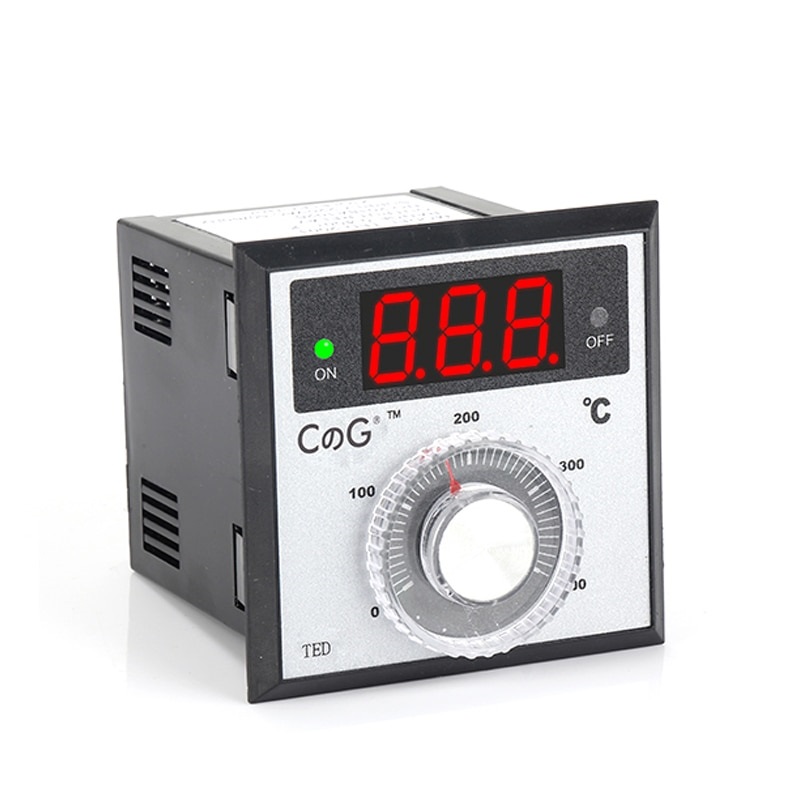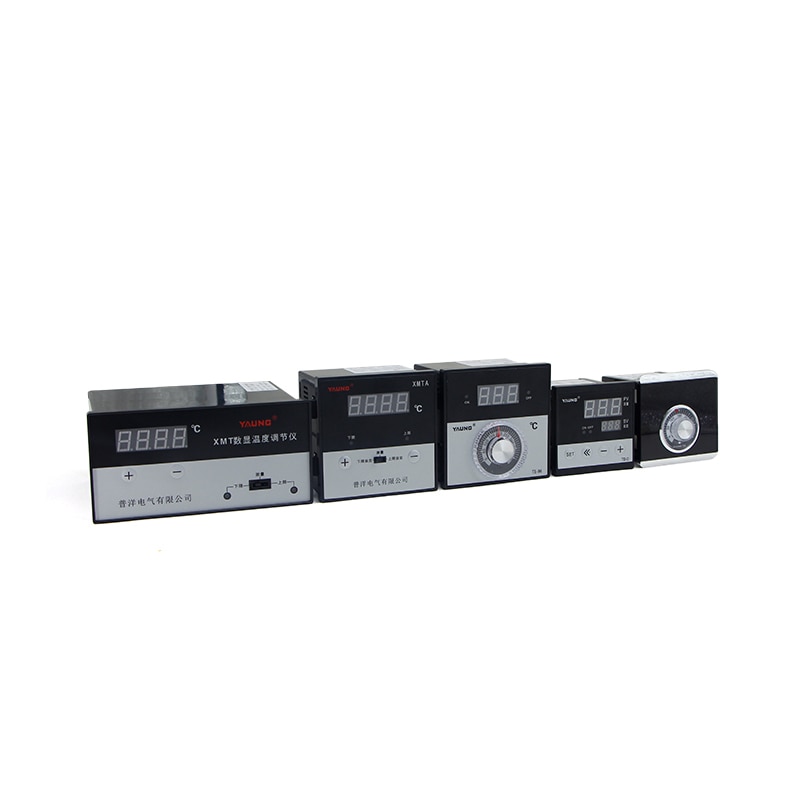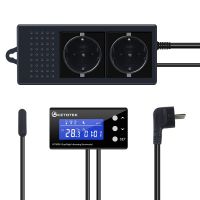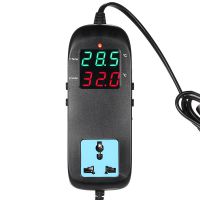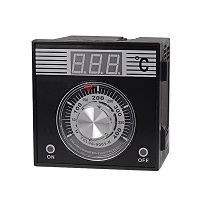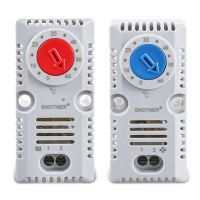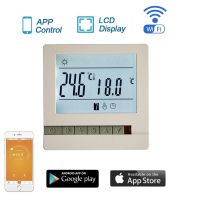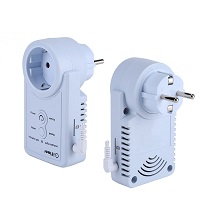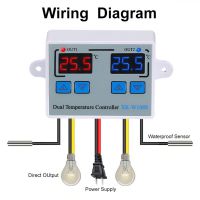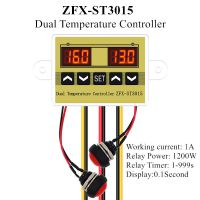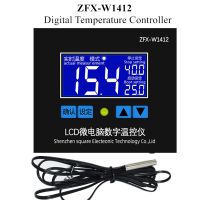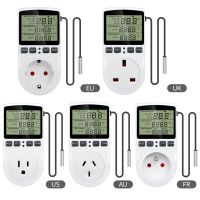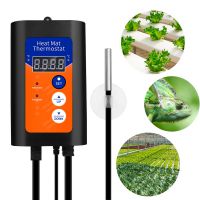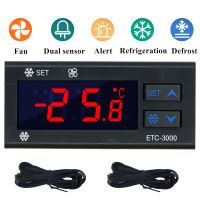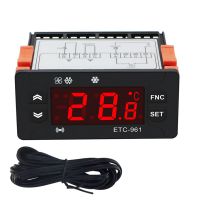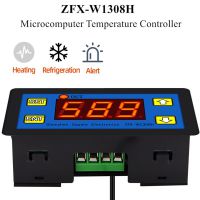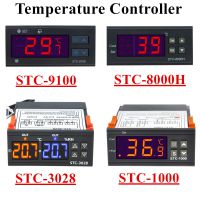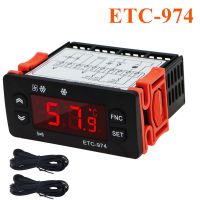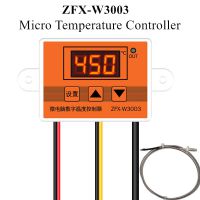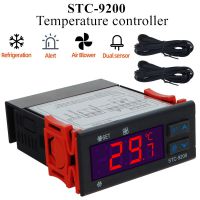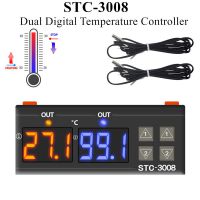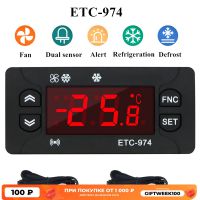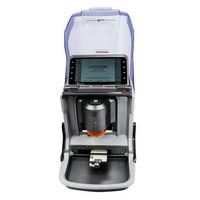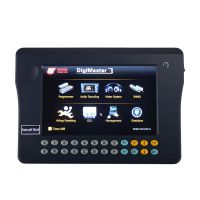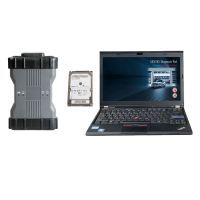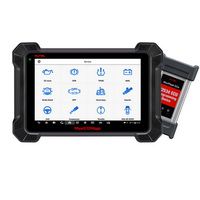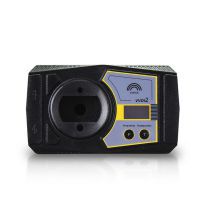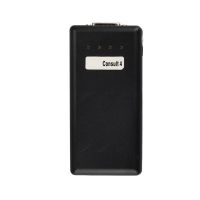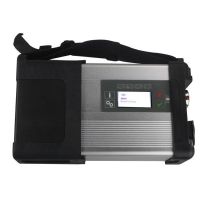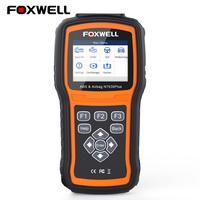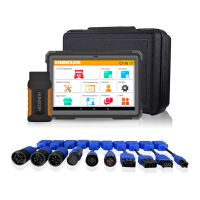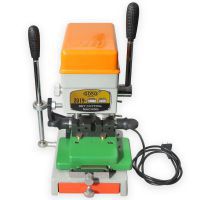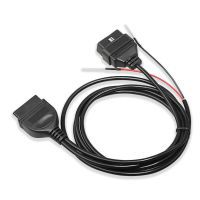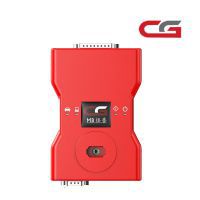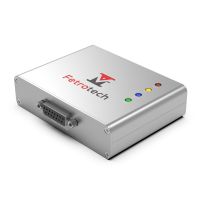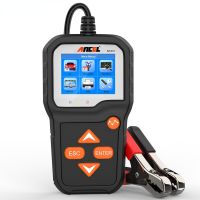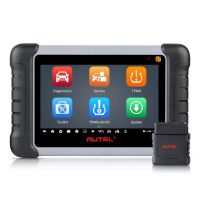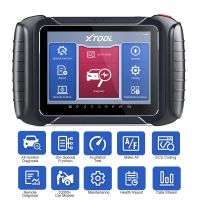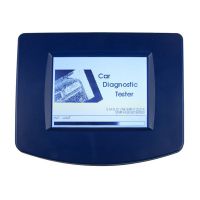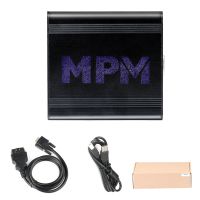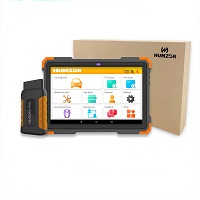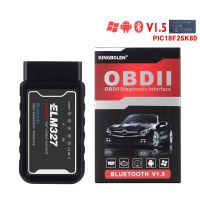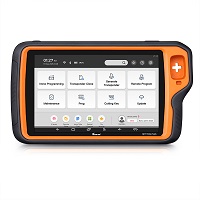Describtion
1. All of the controller series is AC 24V/ 220V/ 110V/ 380V, single input ,we can select K/ J/ PT100 when we place the order.
2. Controller is one relay output, the relay rated current is 5A,so if the laod power more than 1000W, we need add one AC contactor.
3. If need other requirement please contact us , our factory manufacture controller more than 20years.We can provide technical support and customized production of products.
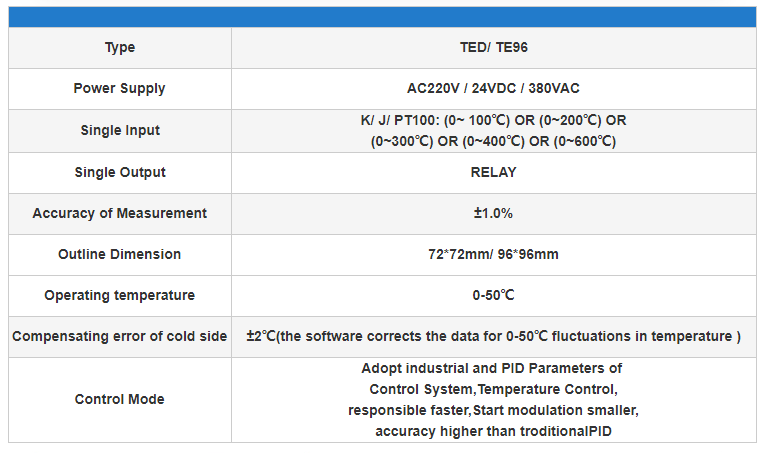
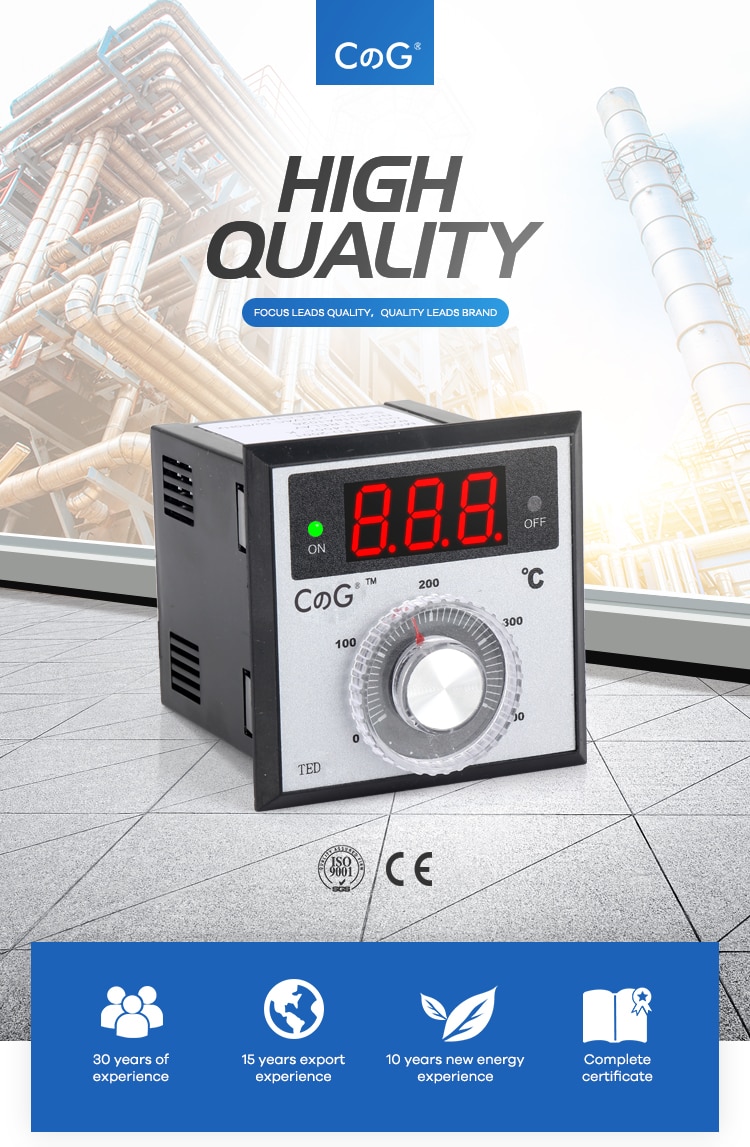
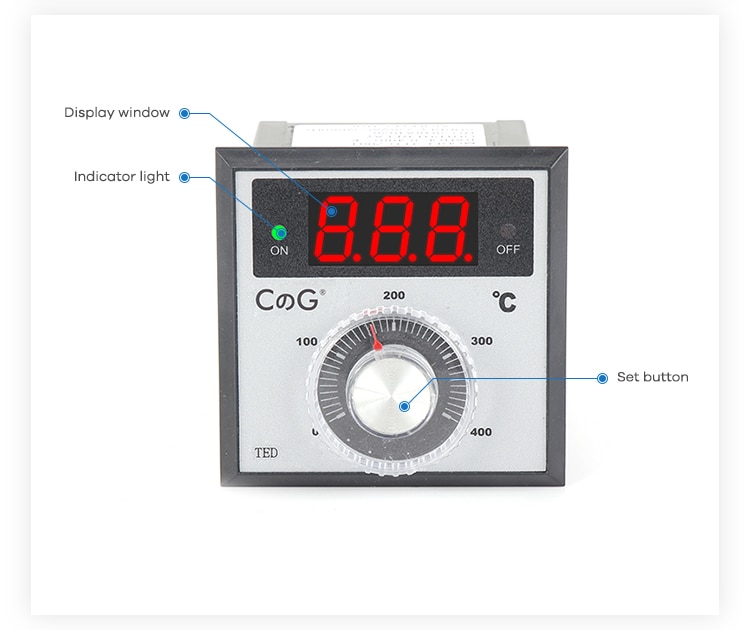
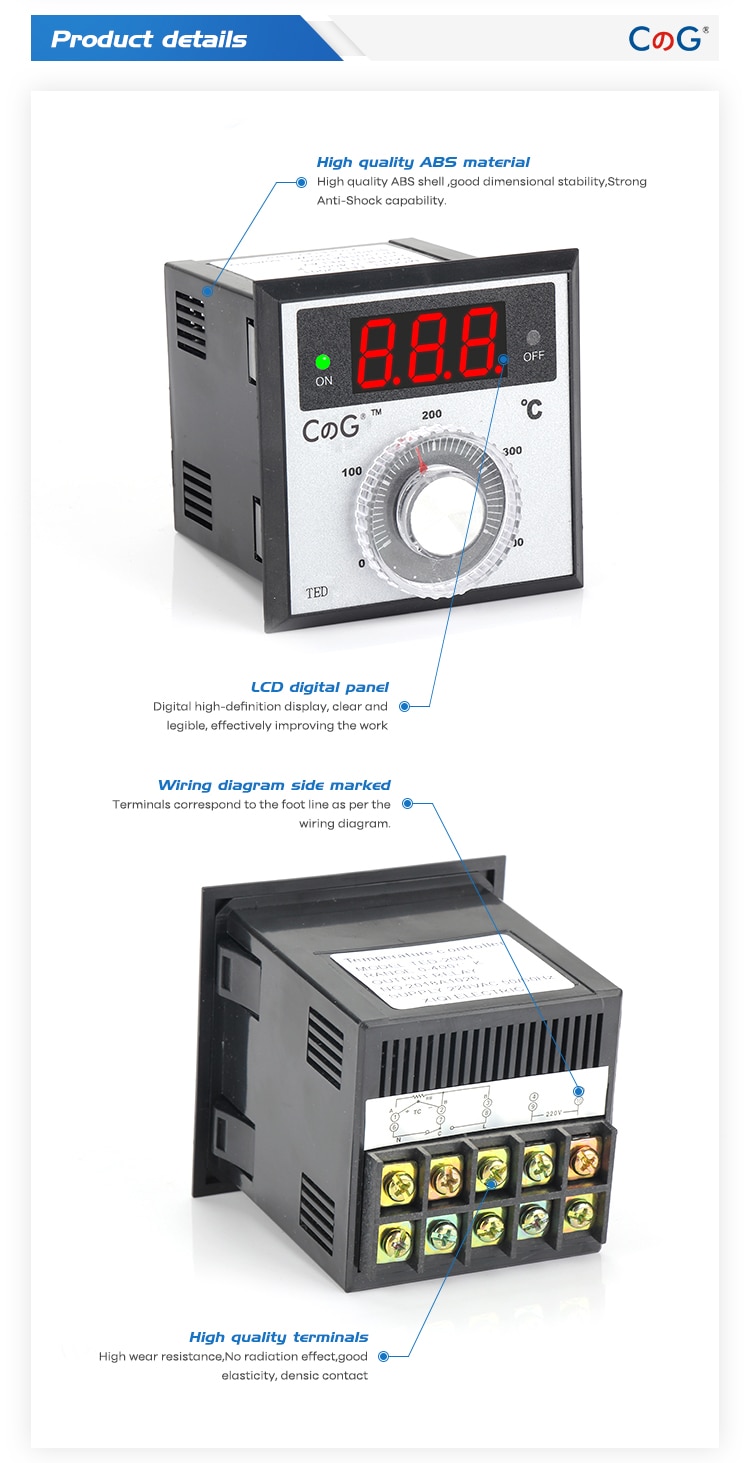
TED Instrument Manual
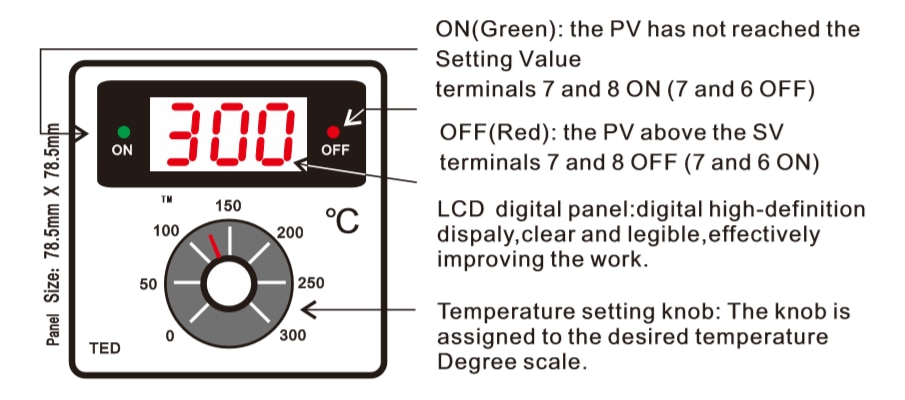
1. The meter type must be used with the sensor type. For example, the K type can only use the K type sensor.
2. Common faults: display HHH - sensor damage / missed /K or E not match. The temperature does not rise and fall when heater working or display LLL: sensor reverse connection / K or E not match.
3. If it is unclear which is fault between the sensor and the meter(E/K type). We can short the 1 and 2 terminals, and the meter shows that the temperature is almost the same as the normal temperature. It means the instrument is normal, the sensor (thermocouple) is broken.
4. This method is not applicable to the detection and judgment of CU50 and Pt100 thermal resistance type meters.
Instrument description and wiring instructions
6.7.8 Terminals are relay output terminals (passive output) 7 is a common point and 6 is a normally closed point. 8 is a normally open point.no power output. When the temperature does not reach the set temperature,the panel green light (ON) is on / 7 and 8 terminals are closed (conducted) :when the temperature reaches the set temperature or higher than the set temperature: the panel red (OFF) lights up / 7 and 6 twoTerminal pull-in (conduction)
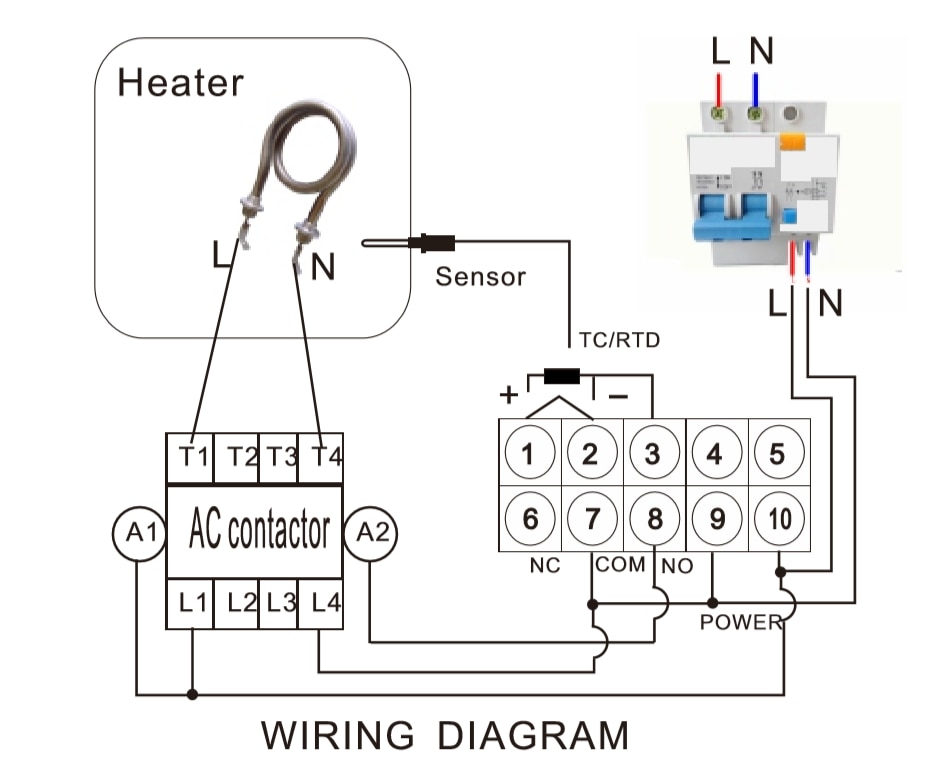
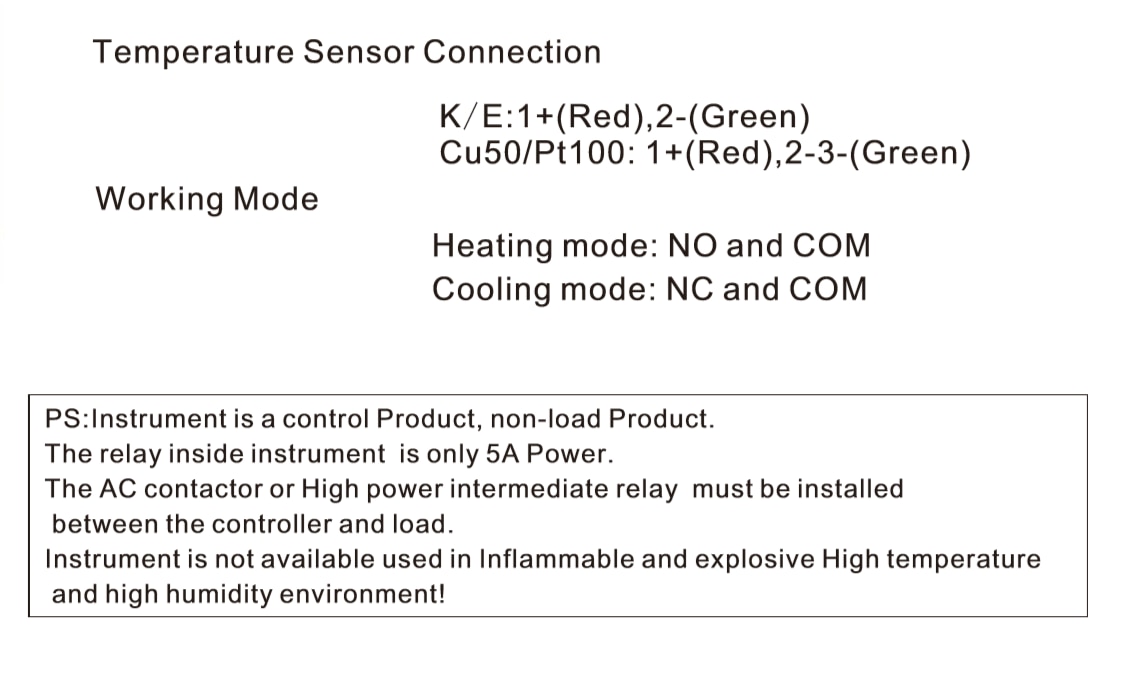
The temperature difference of the controller is 2 degrees. When the normally open point is connected, the temperature rises to the set point and the contact open and the load stop heating. When the temperature falls below the set temperature by 2 degrees, it closes and load starts to work.



